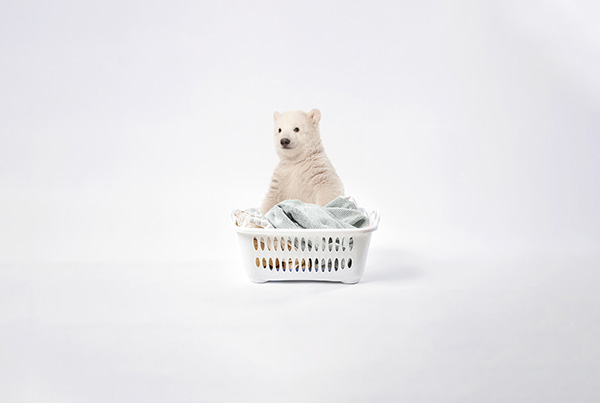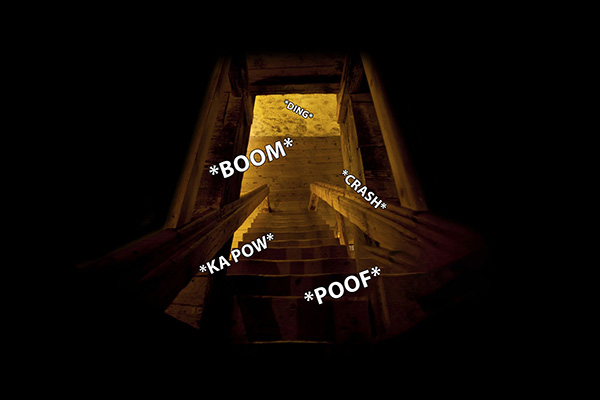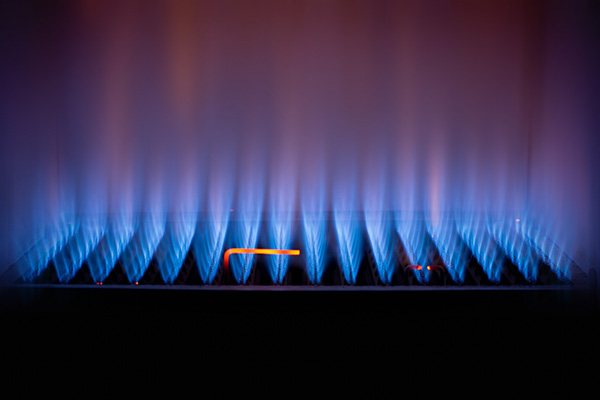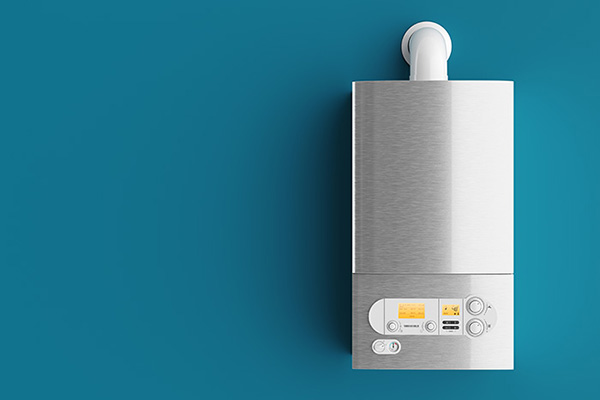Five signs you need to replace your boiler or furnace
Few scenarios strike greater fear in the hearts of homeowners than losing heat in the middle of winter. Best-case scenario, a quick reset or replacement of a small part will do the job. Otherwise, you may be in for several frozen days and a bill for a whole new heating system installed on an emergency basis.
But if you know the signs that your heating system is on its last legs, you can make arrangements to replace it well ahead of time, in the warmer months when contractors have greater availability.
Here are five signs you may need to replace your heating system.
1. Uncomfortable or uneven temperatures

An aging heating system will struggle to heat your home evenly and consistently, especially on colder days. Some rooms may feel too warm, others too cold. This could be a sign your boiler or furnace controls aren’t functioning properly. If parts of your home felt more arctic than agreeable this winter, it may mean your heating system is not working as efficiently as it should.
2. Unusual sounds

A well-functioning heating system shouldn’t generate much noise at all. If yours frequently makes its presence known, it’s a sign something may be wrong. For example, whining or scraping sounds may indicate your furnace needs a new inducer fan. Or if your boiler makes a rumbling sound, known as “kettling,” it’s a sign that water may be trapped in the heat exchanger longer than it should be. These types of problems can be fixed with new parts and service, though they may also be a sign that you’re due for a system replacement.
3. A yellow flame

Color can give you an idea of your gas heating system's fuel efficiency. A properly functioning system should have a blue flame with light blue triangle (above). Yellow indicates an issue. “A yellow flame is telling us there is incomplete combustion somewhere,” says Dan Rohde of D. Rohde Heating, Plumbing & AC, a Central Hudson Trade Ally. For example, a dirty valve may not be allowing enough fuel to enter the system. It’s especially dangerous if the yellow flame appears to be “dancing,” which is a sign of a crack in the heat exchanger and can signify the generation of carbon monoxide. “A dancing yellow flame is a real bad one,” said Rohde. “A scary scenario.” Be sure to schedule an appointment with your HVAC contractor immediately if you see this. Rohde said carbon monoxide detectors should be installed in your utility room, by any stoves, and in the hallway outside any bedrooms.
4. Rust or other corrosion
It’s not unfair to judge a boiler or furnace by its cover. If you can see visible corrosion around pipes leading to and from your boiler, then it’s likely there is also corrosion in the parts of the unit you can’t see.
5. Over 15 years old
Is your boiler or furnace more than 15 years old? That’s the approximate life span of even a well-maintained system. Although you may not have noticed any conspicuous signs of trouble, the chances are good your boiler or furnace is not long for this world.
If you do need a new heating system…

This is a good time to consider natural gas service if you don't already have it. Compare the costs of replacing your existing equipment (including an oil tank, if applicable), versus installing natural gas. You may be surprised to learn that the long-term costs will be lower. Dan Rohde of D. Rohde Heating, Plumbing & AC, a Central Hudson Trade Ally, says a savings of 10 percent or more on your monthly bill is “conservative — you could save more depending on the difference in efficiency between your old and new system. An older cast iron boiler may only be 80 percent efficient, compared with new models in the 95-96 percent range." Central Hudson offers a free project estimate, rebates on new equipment and, in most cases, free installation of a gas service line (up to 100 feet). Visit our information page to check if gas is available at your address and to learn more.
Another option is converting to air-source or ground-source heat pumps, which pull heat from the air (or ground) and use it to heat your home in the colder months and cool your space in the warmer months. For information on heat pumps, rebates and certified Clean Heat contractors, click here.


